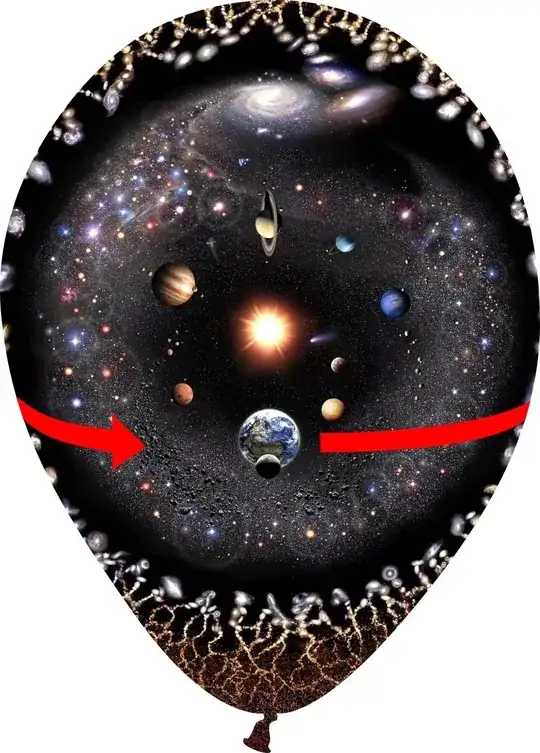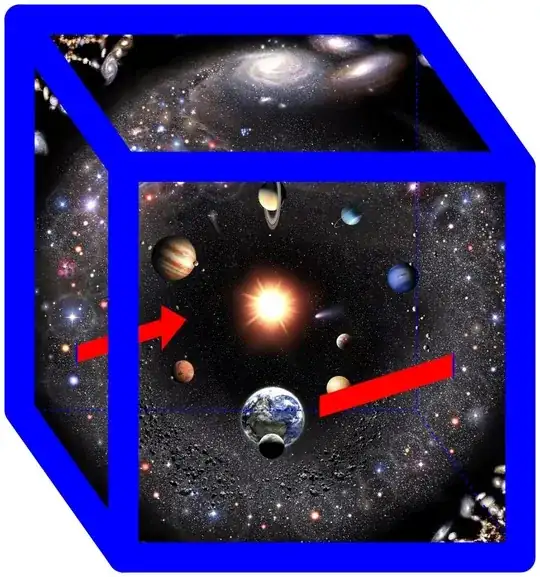Another answer has explained the evidence that the observable universe does not wrap around and meet itself on the other side, in that the telltale signs do not appear to be there. However that answer only addressed a curved Universe, see below.
But how can we be confident that there is not an exact match, or that we cannot see almost all of it?
One argument is based on the assumption that there is nothing special about the present moment. The horizon of the observable universe arises because of the limited time its light has had to reach us. As time passes, more light from beyond the horizon will finally make it here and the horizon will recede accordingly. Assuming that this process is ongoing, there is no reason to suppose that we are, as yet, any where near the end of it.
Another argument is touched on in yet another answer, which hinges on the curvature of space. It is less than our ability to detect, or to put it another way, it is so nearly flat that we cannot tell the difference. If we could see almost all the universe, and it was a simple 3-sphere the way your pictured balloon is a 2-sphere, then it would be noticeably curved. But it is wrong to take the 3-sphere as the only possible shape. If you inflate a donut-shaped balloon, such as a plastic life preserver, its intrinsic (overall or average) curvature is always zero. A donut universe would always have zero curvature, no matter how much of it we could or could not see. But the topology of space (i.e. the correct solution to the equations of General Relativity) is unknown. We have no reason whatsoever to choose the sphere over the donut, indeed some models point to a hyperbolic space - which must be either infinite or with multiple "handles" like a higher-dimensional pretzel. So, despite many popular claims to the contrary, the apparent near-flatness of the Universe actually tells us very little.
In a simple toroidal Universe, geodesics are straight lines. If it were smaller than the observable scale then such lines would appear to repeat the distribution of mass/energy endlessly with a period of one Universal span. We would see the Universe beginning to repeat itself, like a stack of identical cubes. This was searched for many years ago and was found lacking, however our ability to observe great distances was limited by the technology of the day.
Since then we have mapped the CMB. But this does not help immediately, as the source of the CMB is just a 2-sphere (i.e. not a geodesic) at an arbitrary (time-dependent) and expanding distance away. Its apparent size is the boundary of the observable universe at that moment. The problem of relating such a busily-expanding sphere to the scale of a toroidal Universe is neatly illustrated in this video. (Note that the apparent reflections at the edge are an illusion, they are actually the other side coming across from the neighboring cube.) As far as I know, nobody has searched for such subtleties since that decades-old optical search (I'd love to hear if they have!).
And there are many other candidate shapes besides infinity, spheres and donuts. Each has its signature pattern of geodesics. For a good introduction see Jeffrey R. Weeks; The Shape of Space, CRC, 2002.


